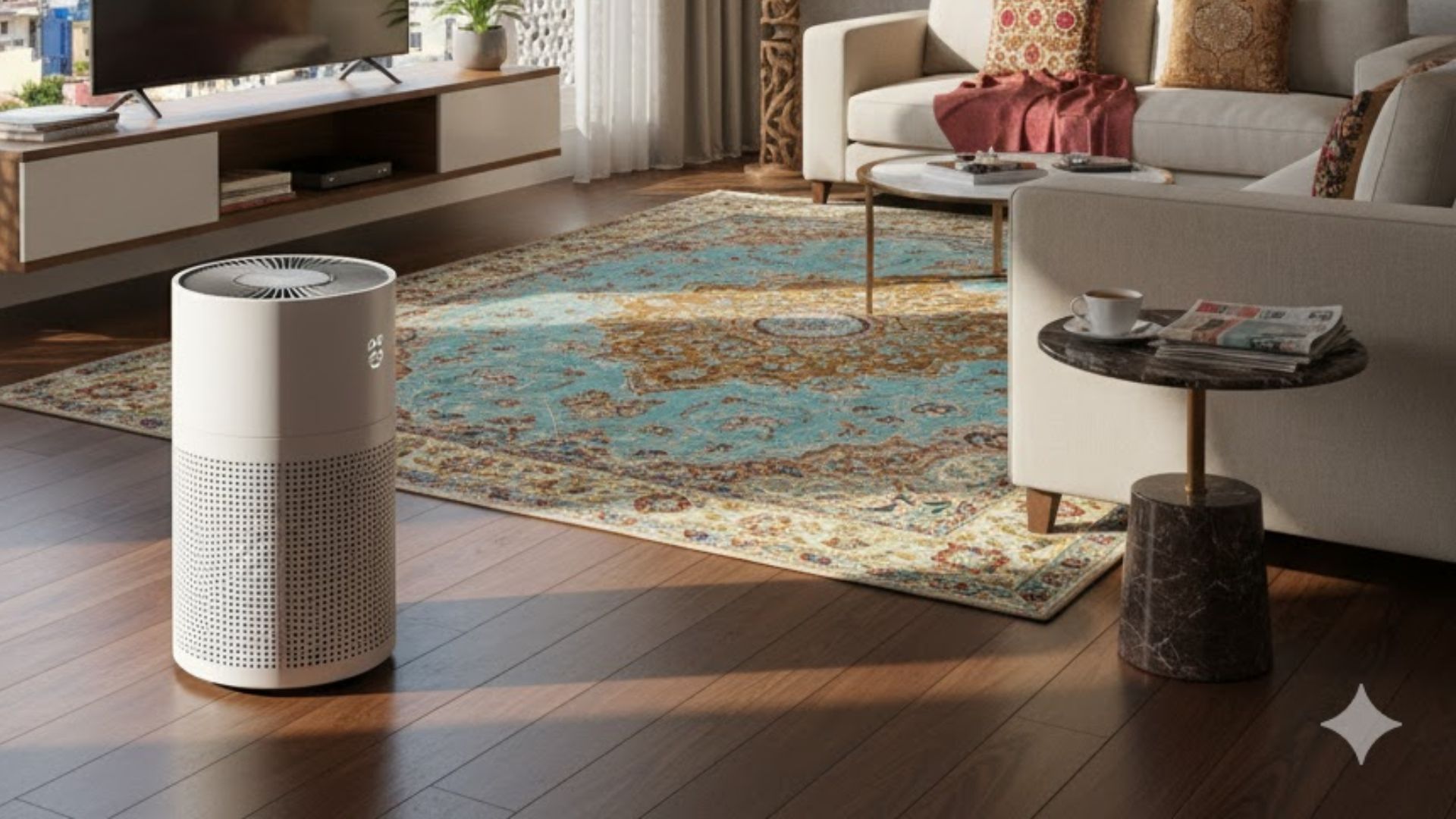New Delhi: There are a number of factors to consider when choosing air purifiers, including size and layout of the room, the clean air delivery rate, noise levels, maintenance costs, and the quality of the companion app. It is taken for granted that the purifier has to use HEPA filters, capable of capturing and filtering out fine particles of dust, smoke and pollen. Those suffering from asthma, allergies or sleep apnea can also look at the air changes per hour (ACH) rate, with a higher number being better. Then there are additional features such as timers, and heating or cooling capabilities, that can be tested.
The Delhi Government has issued a tender to set up air purifiers at various locations in the Delhi Sachivalaya building, with Supply, Installation, Testing, and Commissioning (SITC) for operating on 220V 50Hz AZ, with at least three HEPA filters, covering a minimum of 1000 square feet, with a minimum clean air delivery rate of 400 M3/h, along with Vitashield IPS technology, realtime measurement and display of particulate matter, 100 per cent ozone free, with noise levels between 33 and 66 db and NanoProtect or extra thick HEPA filter with a one year warranty. This should give you an idea of what to look for in an air purifier.
Factors to consider while choosing an Air Purifier
Providing so much area coverage is unrealistic, and both NanoProtect as well as Vitashield are proprietary technologies of Phillips, so this tender is aimed towards Phillips air purifiers. If you want something cheap with a great app, then Mi purifiers are for you. The other affordable options are Coway, Eureka Forbes and Honewell. Phillips is a reliable mid-tier choice, while Dyson makes great feature-rich high-end purifiers that are also energy efficient, paired with a great app. Here are the factors to consider when choosing an air purifier.
Room Size: It is important to check the area of the room in which the air purifier will be used, and match it with the Clean Air Delivery Rate or CADR. The height of the room and the layout will also need to be considered, and air purifiers are not meant for outdoor use. A higher CADR value is better because it is faster. For standard height ceilings the CADR should at least be a third of the area of the room, and half for rooms with high ceilings.
Filteration Tech: Do not even think about any air purifier that does not use HEPA filters. These HEPA filters capture over 99 per cent of fine carbon particles. Here, be wary of ionizer models that produce ozone, that carry their own risks. These HEPA filters will have to be replaced regularly, with the better machines having indicators for filter health. In a city like Delhi, the filters will go black in about three months, and will have to be replaced every year.
Noise Levels: For continuous use, the noise made by the fan can matter. Some air purifiers have special night modes for reduced noise levels, and also have timers to automatically shut down the purifier. Look for purifiers that can be remotely activated and run on times through the day, to provide a clean air room at night. Note that human activity such as cooking and cleaning also introduces indoor air pollutants.
Filter Replacement Costs: It is a good idea to look up filter replacement costs and estimate the number of replacements you will need every year. Some models use filters that can be washed and reused, while others use filters that have to be disposed off once they are used. Generally, the small round filters are cheaper than large square filters. Local availability and model specificity matters, so you might be better off investing in some extra filters at the time of purchase as they may become expensive later.
Extra Features: Models that can heat and cool can provide additional capabilities in summers and winters. There are also auto mode models that monitor air quality and adjust the settigns accordingly. Smart connectivity with apps is useful, and integration with the rest of the smart home setup is important to consider here. Look for certifications, warranties and the after sales record of the company in your area before making a decision.
The smart way to make a purchase decision
Indoor air quality can actually be worse than ambient air quality for a number of reasons. Volatile organic compounds, combustion byproducts (from cooking), and biological pollutants such as dander, mould, pollen and microbes all play a role in indoor air quality. Someone living next to a construction site might require a more aggressive air purifier than someone who does not. The temperature and humidity also play a role in the spread of pollutants. It is important to understand your indoor air quality comprehensively before deciding on the type of air purifier you need. There are services such as ActiveHomes that allow you to set up industrial-quality sensors in your home to generate a report on indoor air quality, allowing consumers to make a more informed purchasing decision.
